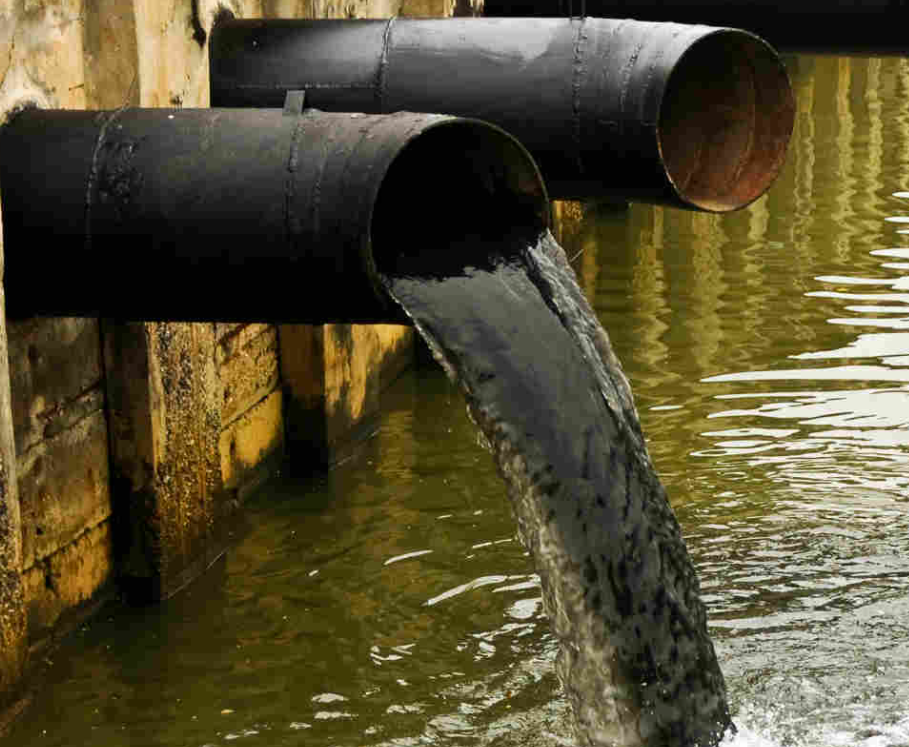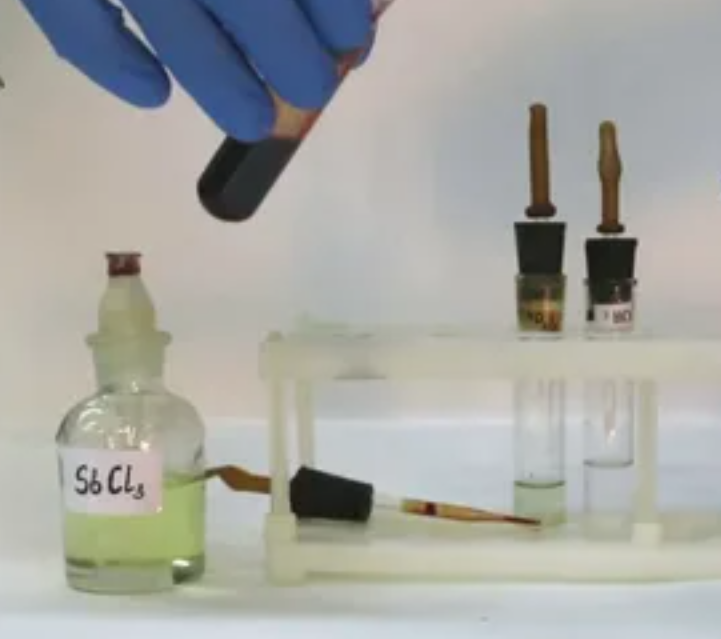Most of the total antimony in sewage comes from the textile printing and dyeing industry, especially in the eastern coastal areas of my country where the printing and dyeing textile industry is relatively developed. The antimony element will be deposited in the wastewater. In 2012, my country formulated the "Water Pollutant Discharge Standard for Textile Dyeing and Finishing Industry", which clearly stipulated that the limit value of metal antimony in sewage is 100ug/L. Although many printing and dyeing enterprises will process it in production, the metal antimony It will still accumulate slowly in the process of printing, dyeing, jet weaving, and finally lead to the phenomenon that the total antimony in the discharged sewage exceeds the standard.
Today, we will learn about the rapid detection method of total antimony content in sewage. This method adopts atomic fluorescence spectrometry, and its minimum detection concentration is 1.0ug/L. Mainly by using potassium borohydride as a reducing agent in a hydrochloric acid solution to generate antimony hydride, and using argon as a carrier gas, the generated antimony hydride is introduced into an electrically heated quartz tube furnace for atomization. The atomized antimony is excited by light radiation to produce electronic transitions. When the excited state electrons return to the ground state to emit fluorescence, the fluorescence spectral lines will resonate with the spectral lines emitted by the antimony hollow cathode lamp. The fluorescence intensity is proportional to the antimony content in the sample.

Reagents and instruments used for testing
1. Nitric acid: 1.40g/mL, excellent grade.
2. Sulfuric acid: 1.84g/mL, excellent grade.
3. Hydrochloric acid: 1.19g/mL, excellent grade.
4. Hydrochloric acid solution (1+2)
The salt was mixed with 2 volumes of laboratory grade pure water.
5. Hydrochloric acid solution (1+4)
Hydrochloric acid was mixed with 4 volumes of laboratory grade pure water.
6. Hydrochloric acid solution: 4mol/L
Dilute 100 mL of hydrochloric acid with laboratory first-grade pure water to 300 mL.
7. Thiourea-ascorbic acid mixed solution: 0.05g/mL
Weigh 50g of thiourea and 50g of ascorbic acid and dissolve them in 1000mL of laboratory first-grade pure water, mix well, and prepare when used.
8. Antimony standard stock solution 1000mg/L
Accurately weigh 2.743g of antimony potassium tartrate and dissolve it in hydrochloric acid solution (1+2), transfer it to a 1000mL volumetric flask, dilute to the mark with hydrochloric acid solution (1+4), and mix well for later use.
9. Antimony standard solution 1.00mg/L
Draw 1mL of antimony standard stock solution, transfer it into a 1000mL volumetric flask, and dilute to the mark with hydrochloric acid solution (4mol/L).
10. Potassium borohydride alkaline solution 0.005g/mL
Weigh 1.0g of potassium hydroxide and dissolve it in 200mL of laboratory first-grade pure water, add 1.0g of potassium borohydride to continue dissolving after dissolving, and use it after filtration.
11. Argon: purity greater than 99.99%
12. Atomic fluorescence photometer with antimony special hollow cathode, etc.

Check the specific steps
water sample treatment
Take 18mL of the collected experimental water sample and put it in a 25mL colorimetric tube, then add 2mL of hydrochloric acid (1.19g/mL) and about 0.25g of solid thiourea, shake it evenly and let it dissolve completely at room temperature for about 1h. Capacity to be tested.
detection operation
The working conditions of the water quality testing instrument are set as: lamp current 60mA, negative high voltage 360V-380V, furnace temperature 800℃, carrier gas flow 600mL/min, shielding gas 1000mL/mi, reagent consumption (intermittent method) 2mL. Measure the processed samples according to the operating procedures specified by the instrument, and measure the fluorescence intensity. It should be noted that the specific parameter settings for different models of instruments should be operated according to the instructions.
Calibration curve drawing
Pipette 0mL, 0.50mL, 1.00mL, 2.00mL, 4.00mL of 1mg/L antimony standard solution (1.0mg/L) into a group of 50mL volumetric flasks, add 35.0mL, 34.5mL, 34.0mL, 33.0mL, 31.0mL mL hydrochloric acid solution (4mol/L) and each 10mL thiourea-ascorbic acid mixed solution (0.05g/mL), diluted with water to the mark, the concentrations of each corresponding point are 0mg/L, 0.010mg, 0.020mg/L, 0.040mg respectively /L, 0.080mg/L. Then, the standard solution of antimony at each concentration was determined according to the detection steps, and the calibration curve of the fluorescence intensity against the concentration of antimony was drawn.
The concentration of total antimony in the final sewage can be calculated by the corresponding formula.



